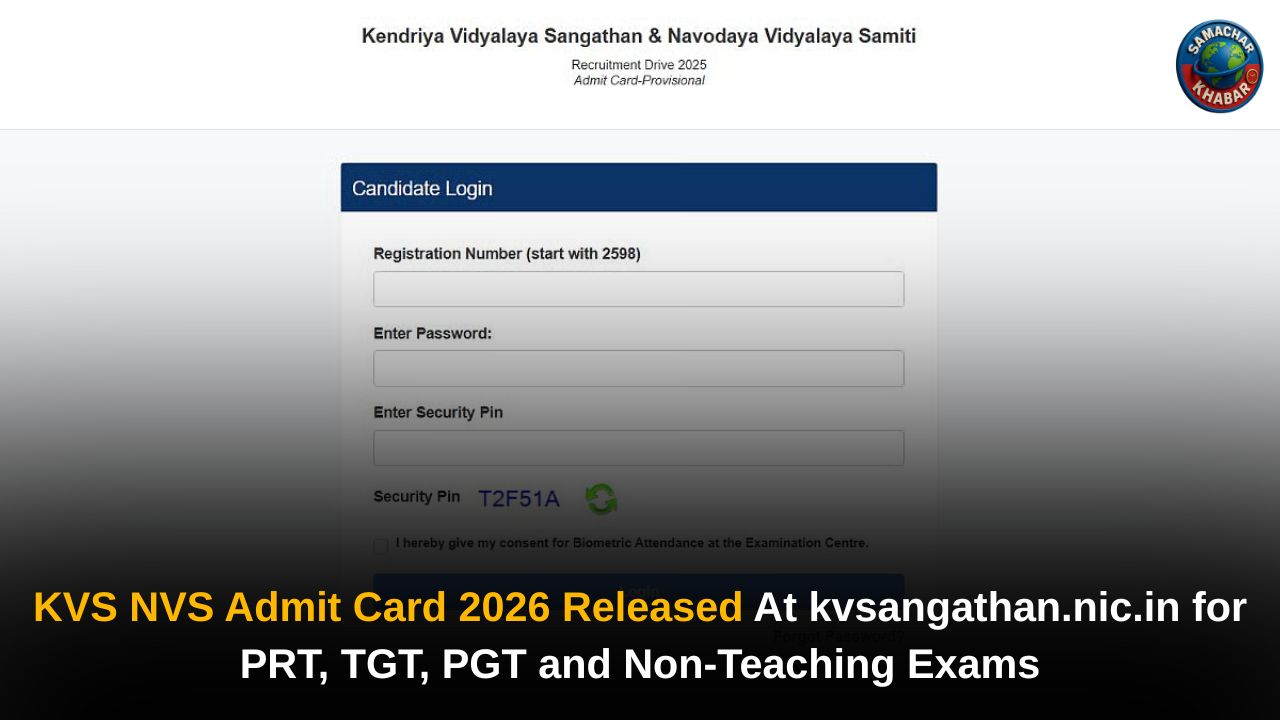Dowry Deaths in India: India’s continuing crisis with dowry deaths paints a grim portrait of entrenched patriarchy and systemic failure. Despite decades of legislation and activism, thousands of young brides continue to face harassment, abuse, and murder due to dowry-related disputes. These tragic incidents aren’t confined to rural pockets, they permeate urban areas and span across all socioeconomic classes.
Dowry Deaths in India: The Stark Numbers Tell the Truth
Recent NCRB data for 2022 reflects a disheartening picture:
- 6,450 dowry deaths were recorded in a single year, that’s nearly 18 women each day.
- Seven states—Uttar Pradesh, Bihar, Jharkhand, Madhya Pradesh, Odisha, Rajasthan, and Haryana, account for 80% of all dowry deaths.
- Delhi alone contributes 30% of the dowry deaths among India’s 19 major cities.
- Over 35,000 women were killed for dowry between 2017 and 2023.
- The dowry death rate remains at 1 per 100,000 women annually, a disturbing average.
The Pattern Behind the Tragedy
Dowry Deaths in India: Dowry deaths are rarely spontaneous acts of violence. Most occur after prolonged mental, emotional, and physical abuse:
- Commonly occur within the first few years of marriage.
- Victims are often aged between 16–26, especially in arranged marriages.
- Methods include immolation (bride burning), hanging, or poisoning, often disguised as suicide or accident.
- Cultural pressure, economic greed, gender bias, and weak law enforcement remain the key enablers.
Also Read: सैटेलाइट तस्वीरें: क्या ऑपरेशन सिंदूर में भारत ने किराना हिल्स (Kirana Hills) पर हमला किया?
The Legal Framework: Strong on Paper, Weak in Practice
Dowry Deaths in India: India has enacted several laws to combat this social evil:
- Dowry Prohibition Act (1961): Bans giving or taking dowry.
- Section 498A IPC (1983): Penalizes cruelty by husband or in-laws.
- Section 304B IPC (1986): Defines and punishes dowry deaths.
- Section 113B of the Indian Evidence Act: Presumes guilt in dowry death cases under certain conditions.
Dowry Deaths in India: However, implementation gaps remain:
- Victims fear social stigma and often remain silent.
- Investigations are delayed, and trials linger for years.
- Conviction rates remain low, often due to weak evidence or poor legal support for victims’ families.
Anshika’s Story: A Symbol of Many
Dowry Deaths in India: The suspicious death of Anshika in Prayagraj in 2024 spotlighted this pervasive crisis. Her case, whether suicide or murder, echoes the plight of countless young brides who suffer in silence until it’s too late. Yet, from these tragedies arise calls for justice, mass protests, and activist movements demanding accountability.
The Way Forward
Experts believe that laws alone are insufficient. A multi-pronged approach is essential:
- Stronger enforcement by police and faster judicial processes.
- Awareness campaigns to challenge cultural acceptance of dowry.
- Women’s education and economic independence to reduce dependency.
- Support systems, helplines, legal aid, and victim shelters.
- Active involvement of community leaders to denounce the dowry system.
Tatavdarshi Sant Rampal Ji Maharaj’s Stand Against Dowry: A Spiritual Path to Social Reform
Dowry Deaths in India: In a society battling dowry-related violence, Sant Rampal Ji Maharaj offers a radically transformative solution. He unequivocally condemns dowry, calling it morally sinful and socially destructive. Through “Ramaini Vivah” His dowry-free marriage initiative, He has set a practical example by promoting short, simple, and spiritually guided weddings.
These 17-minute, dowry-free ceremonies are reshaping societal norms by proving that marriages can be sacred and joyful without financial burdens. His spiritual movement is more than reform, it’s a cultural reset that targets the root of dowry violence: greed, ego, and ignorance. Follow Sant Rampal Ji Maharaj to understand the true purpose of life and adopt a way of living that’s free from social evils like dowry. His teachings guide us toward a peaceful, spiritual, and morally upright society based on true devotion.
FAQs on Dowry Deaths in India
1. What is a dowry death under Indian law?
A dowry death occurs when a woman dies under unnatural or suspicious circumstances within seven years of marriage and was subjected to dowry-related harassment. The law holds the husband and in-laws accountable in such cases under Section 304B IPC.
2. Which laws address dowry and related crimes in India?
■ Section 304B IPC – Defines and punishes dowry death.
■ Section 498A IPC – Covers cruelty related to dowry.
■ Section 113B, Indian Evidence Act – Presumes guilt if dowry harassment preceded death.
■ Dowry Prohibition Act (1961) – Outlaws giving/taking dowry.
3. What are the main causes behind dowry deaths?
■Unmet dowry demands.
■Patriarchal norms and male dominance.
■Social stigma around reporting abuse.
■Weak enforcement and delayed justice.
4. Which states report the highest dowry deaths?
Uttar Pradesh, Bihar, Jharkhand, Madhya Pradesh, Odisha, Rajasthan, and Haryana collectively account for about 80% of India’s dowry death cases.
5. What can victims or families do if facing dowry harassment?
■Report immediately to police under Sections 498A and 304B IPC.
■Seek legal aid, contact women’s helplines, or approach the National Commission for Women.
■Collect proof of harassment (texts, voice notes, witnesses).
■Act early, report threats before they escalate into violence.
6. What is Sant Rampal Ji Maharaj’s view on dowry?
A: Sant Rampal Ji Maharaj teaches that dowry is a deep-rooted sin, not just a social evil. He promotes spiritual values, equality, and simplicity in marriage, showing that a society free from dowry can also be free from sorrow.

















